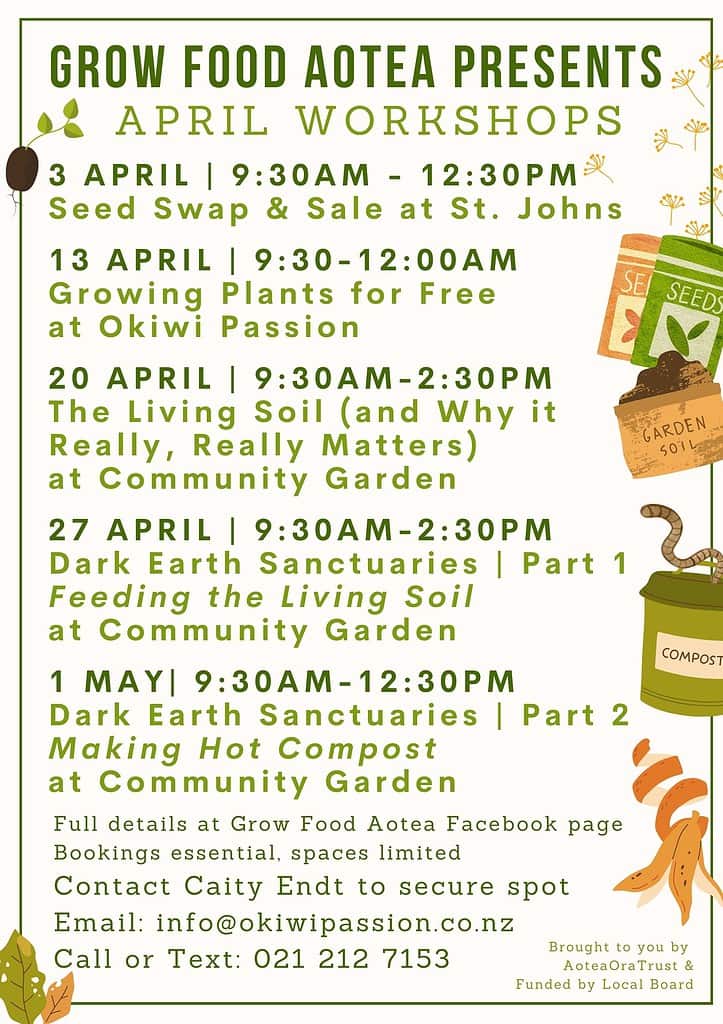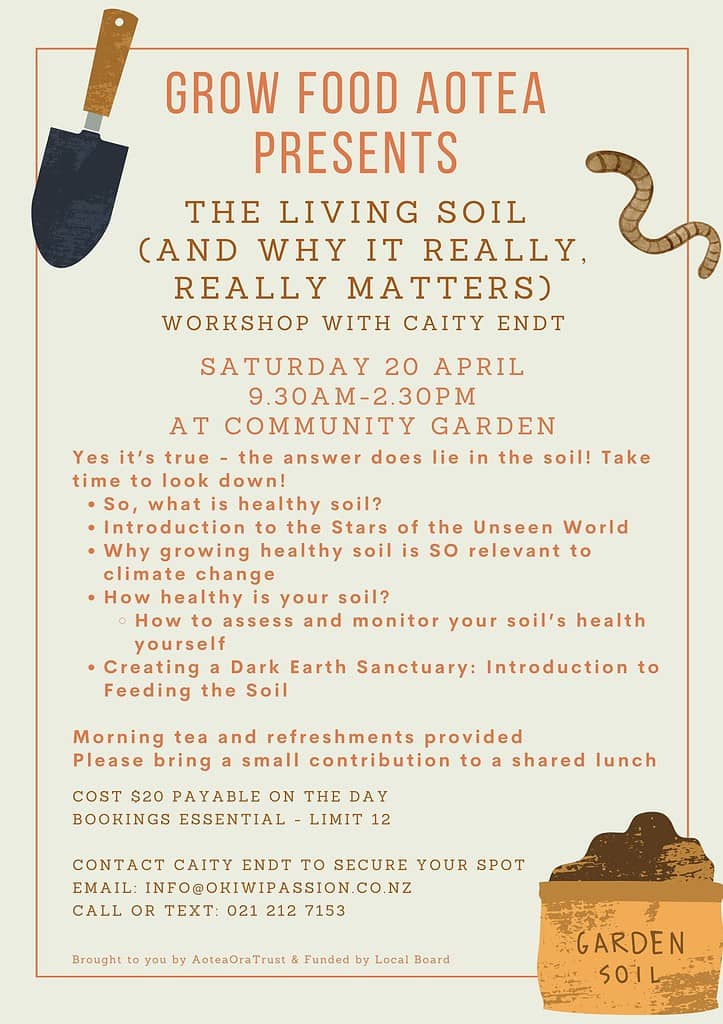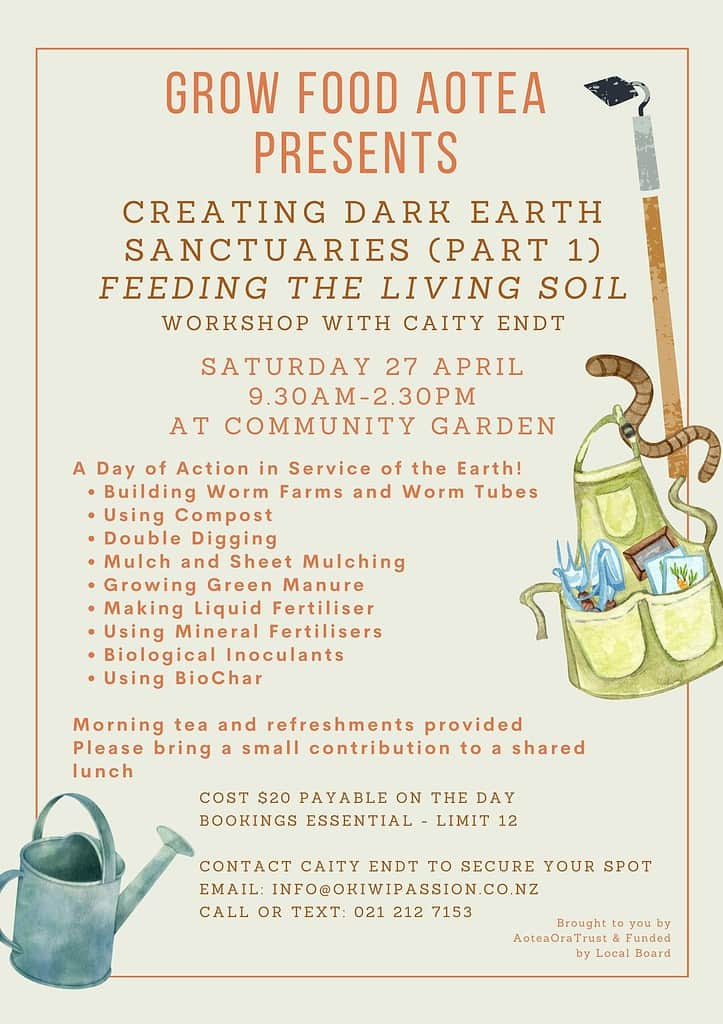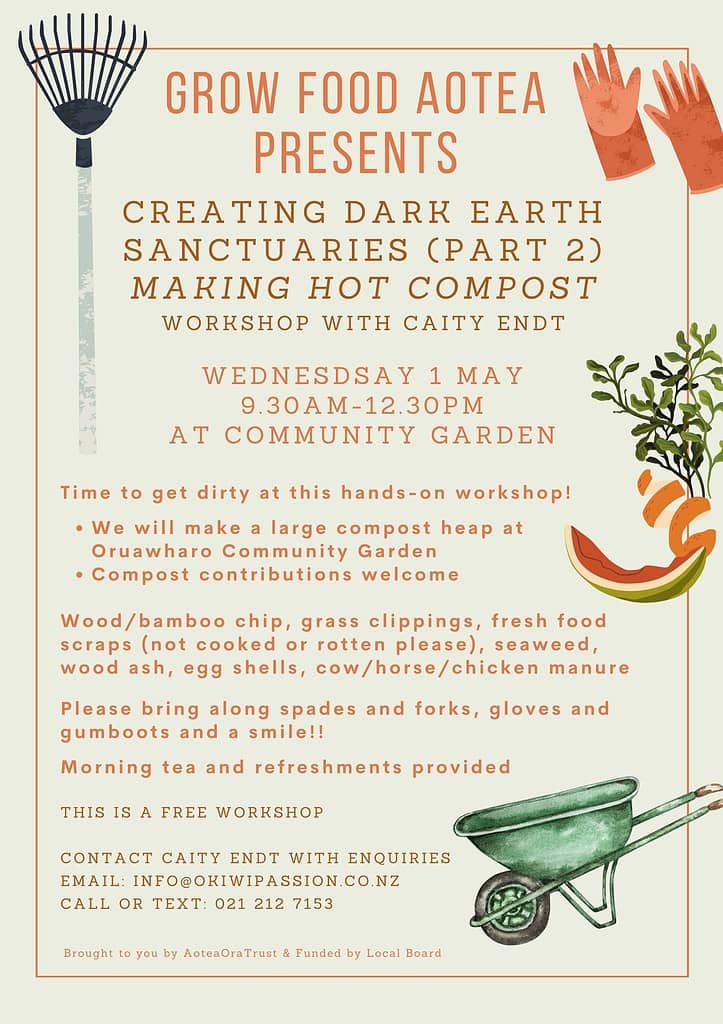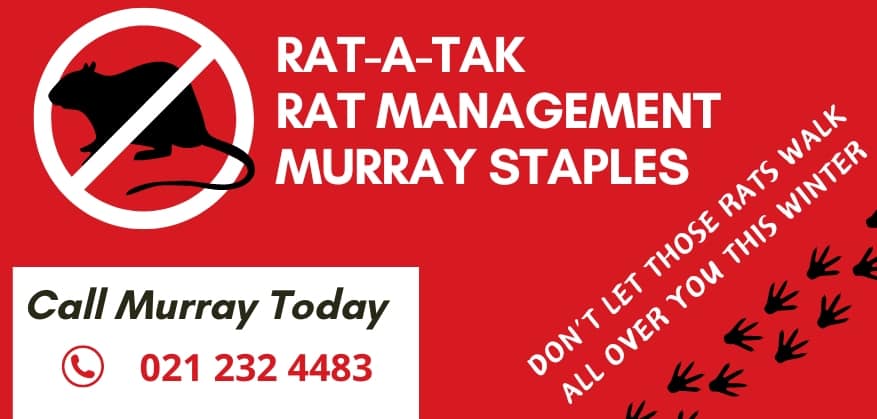Autumn is a busy time in the garden although it never has quite the excitement that spring gardening has!
Most of the summer crops will be over, but some will linger on into winter
Peppers and chillis can go right though to August – support them with strings/stakes so gusty winds don’t snap the fragile plants.
Pumpkins and squash should be ready for harvesting this month, then the vines can be pulled out.
Kumara should be a good size now. The longer you leave them in the soil, the more risk there is of being eaten by rats, pheasants, and damage by wireworms (these are the larvae of click beetles) which tunnel their way through the tubers.
Remember to only store perfect kumara – any nicks, cuts, holes will trigger rotting. Cut off any withered ends and cure them in the sun for a day or two to toughen the skin before storage. Best to store in triple lined waxed paper bags such as those used for potatoes. This keeps them from drying out but also breathes so the kumara don’t sweat.
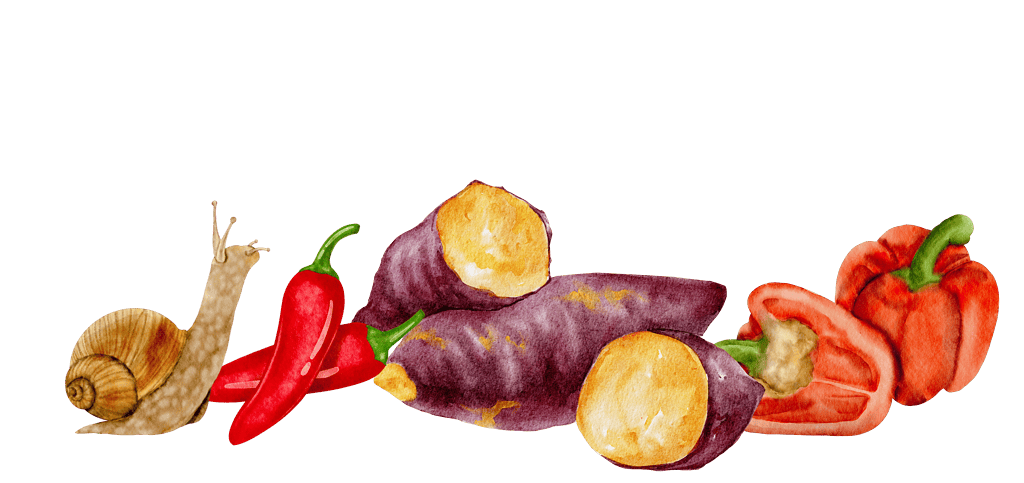
Autumn Planting
Any and all of the cool season crops can be planted/sown now, right through April and even into mid May, but then it’s too late! The earlier you start, the quicker you will get a harvest. The colder the soil gets and the less sunlight hours, the slower the plants will grow. The bigger the vegetable eg cabbage, the longer it will take to mature to harvestable size.
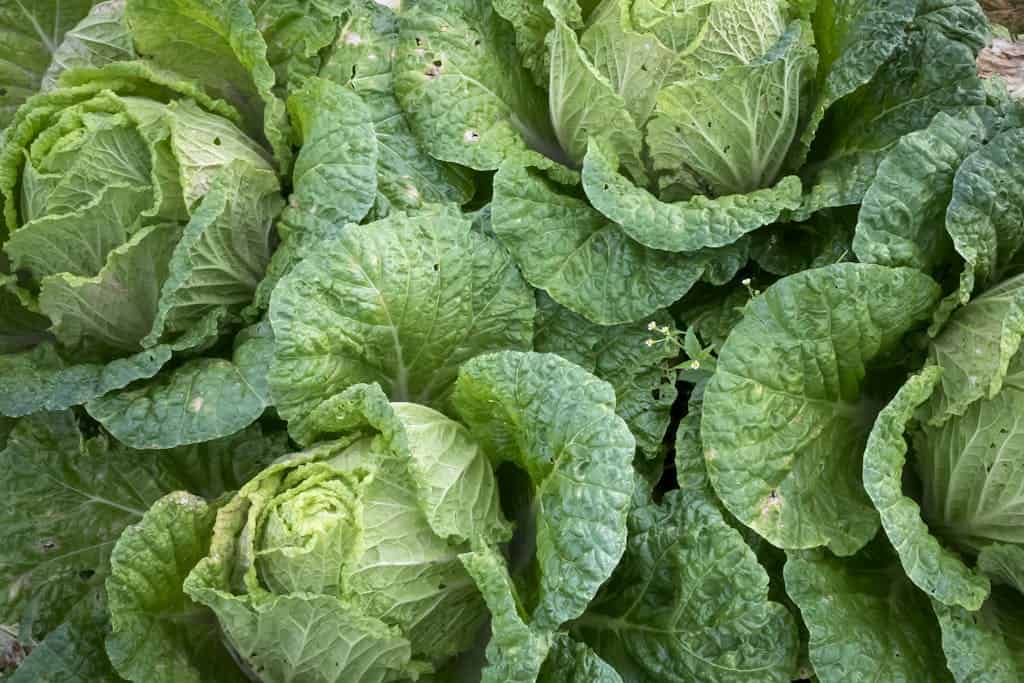
All the brassicas – this includes cabbage, broccoli, cauliflower, pak choy, tatsoi, mizuna, kale, radishes, baby turnips, rocket, etc. However, these are susceptible to many bugs while it is still warm.
Lettuce – especially cos, leaf lettuce, and little lettuces such as Perella Montpellier. Avoid iceberg and butter crunch types as they tend to rot in wet weather
Sugar snap peas and snow peas (best sow direct into the soil)
Other greens – such as silver beet, spinach, endive, escarole, corn salad, celery (although it will bolt in spring)
Coriander, Leeks, Red onions
Beetroot – but don’t leave them much later
Carrots – sow them before a period of rain to encourage germination
Autumn Watering & Pest Control
As the weather cools so does the soil. To slow down the cooling process it is now time to switch from evening watering (which we do in the summer) to the morning. The leaves will also be less wet at night and less inviting to diseases as well as slugs and snails.

All winter seedlings will be prone to damage from slugs and snails. Clear up debris where they will hide and breed. Encourage thrushes and frogs. Beer traps are a fantastic way to get rid of lots of slugs and snails in one go. Use an empty food container such as a yoghurt pottle and cut windows/ladders out from the side for them to crawl up. Fill the container with beer. Place the lid on to stop rain diluting/washing out the beer. They will come in their droves! Replace weekly. Avoid most slug baits such as Blitzem as they kill birds as well.
There are still lots of moths and white butterflies around and caterpillars abound! Protect with insect mesh or spray with Bt (bacteria which kill the caterpillars but don’t affect other insects) or hand pick caterpillars off or put up with the damage (and possible loss of your plants!
White fly will be on most brassicas that grew through the summer and will go onto your new plants so pull them out before planting fresh seedlings
If your summer brassicas have been stressed though lack of water chances are they may have clusters of cabbage aphids in the leaf axils – these are round waxy looking aphids. Soap spray will sort them out but so will beneficial insects such as tiny parasitic wasps which lay their eggs in the aphids, as well as lacewings and ladybird larvae which gobble them up. If you have plenty of daisy and carrot family flowers in your garden you should have loads of beneficials.
No winter garden? You still need to protect your soil
Sow a green manure. This is a bed of plants sown for the benefit of the soil. When you are ready to plant in spring, the green manure plants can be used to make compost or as a mulch.
Suitable winter green manures include lupins, broad beans (but these can get huge and flop over so tic beans better), peas, vetch and mustard. Kings sell an Autumn Green Manure mix which contains a blend of Winter Rye, Field Peas, Rye Grass, Crimson Clover and Common Vetch.
Or mulch your gardens with any organic material you can get your hands on: autumn leaves, grass clippings, chipped banna grass/bamboo. You need a thick layer at least 5 cm deep
Sowing green manure will be covered in the Feeding the Soil workshop on April 27 at Medlands Community Garden. Full details below or on Grow Food Aotea.
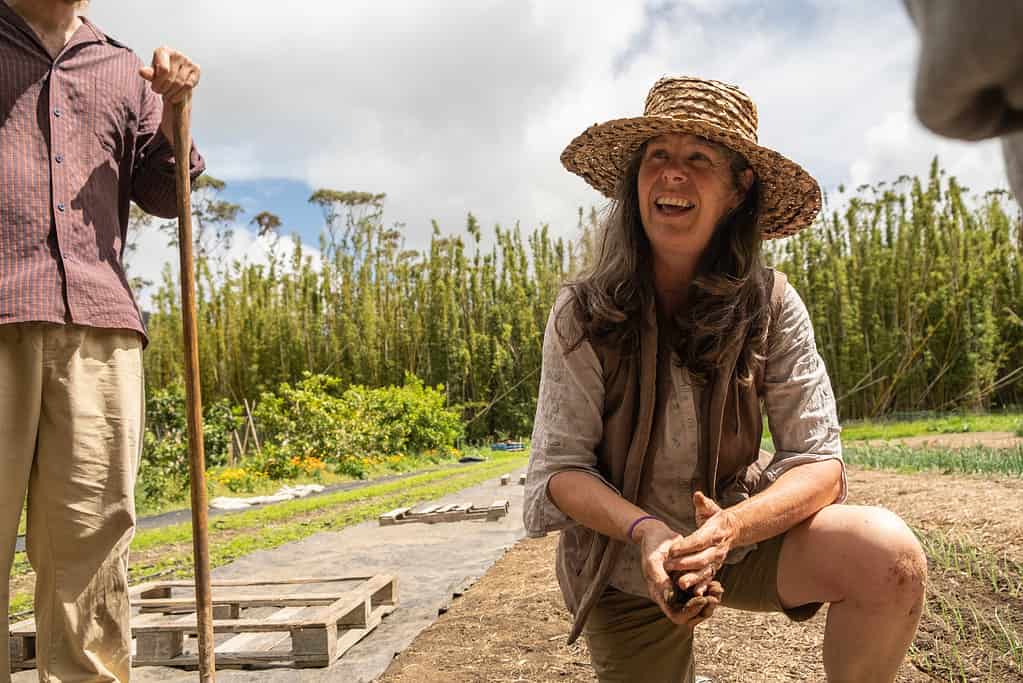
Words by Caity Endt, our Food Resilience Coordinator
